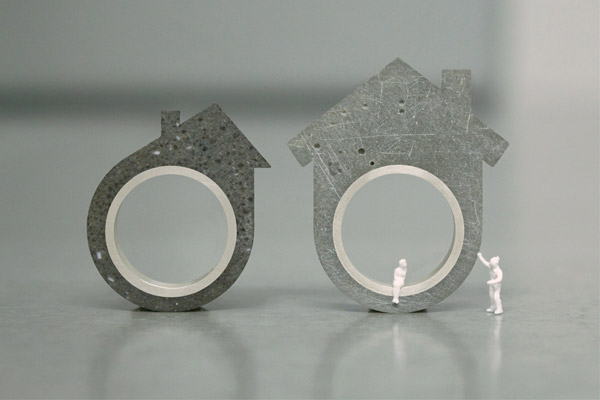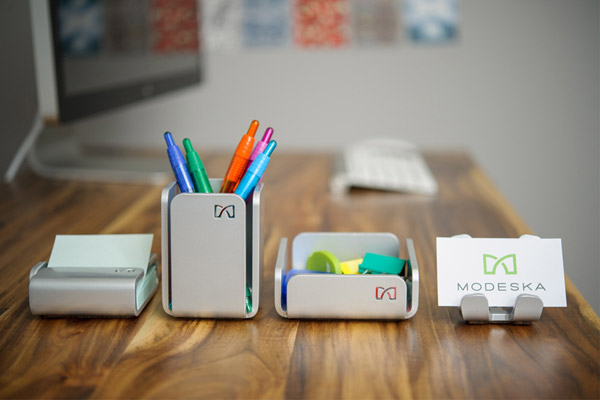Starting a business can often be complicated, and no doubt challenging. The biggest hurdle perhaps is finding the capital to even get your start-up off and running. DQ Editor Sophia Watson looks at a new way of funding that is likely to change the future of traditional business models.

March 20th, 2014
You have an amazing idea; a project, product, service – whatever the venture one thing is clear – you have no start-up capital. You’ve called in favours, reached out to friends and family, but it doesn’t even come close to your minimum target. 10 years ago, this would have stopped a great idea dead-in-the-water. Enter Social media and more specifically crowdfunding, which is not only shifting the way we connect to the market, it’s changing how we finance a business.
Simple right? – not quite. While crowdfunding has indeed levelled the playing field when it comes to start-ups, there is still a veritable labyrinth of risks, road-blocks and red tape. So before you go running-off to your nearest computer and demanding money for something you sketched on a napkin last night, review these top 5 tips and tricks for crowdfunding your start-up venture.
1. RESEARCH YOUR HOST
You would think that crowdfunding sites would be much of a muchness, and although there is definitely an overlap, each site is tailored toward a specific type of user and audience. Before committing to a site, you should first define the nature of your venture. Is it more creative? Business driven? Entrepreneurial? These questions will ultimately define what crowdfunding network you ultimately need to use as your spring board. Kickstarter and IndieGogo for example, are geared more toward the creative scene. Platforms such as ProFounder a far more commercial and business-minded, and projects with a social or communal aspect are best targeted toward Buzzbnk and 33needs.
Your proposal doesn’t even need to be a strictly “business” proposition. Perhaps your project is a not-for-profit venture? Sites such as CauseVox and FirstGiving offer a non-profit audience and marketing strategy aimed specifically at charitable start-ups. Apps haven’t been left out of the mix either, with AppBackr focusing exclusively on mobile businesses and interactive practices. The point is this: (as in real estate it’s) location, location, location. Whatever crowdfunding platform you choose to host your venture on says a great deal about your idea, and plays a large role in attracting the right kinds of investors. Don’t sign the lease until you’ve done your homework.
David O’Driscoll, CEO and Chief Product Designer of Brightgreen, who launched ‘Luto’, a monitor-mounted smart light on kickstarter last year, states, “We were drawn to the fact that Kickstarter gives us such close contact with the market – we have always been keen to create products that are the result of a conversation between the Brightgreen team and our customers. The very nature of Kickstarter examines a product’s viability and necessity – it really lets us test whether it will sink or swim.”
2. PLAN, PLAN, PLAN!
One of the benefits of a crowdfuned campaign is also one of the risks: there is no schedule or timeline for the growth of your business. Crowdfunding campaigns can take-off seemingly overnight, and you need to be prepared to handle that growth in a strategic and timely manner. Let’s say you’ve developed a prototype for a chair. You’ve researched your sites and decided to host it on Kickstarter. Your target is reached within a week and now your investors want their return. What’s the plan?
As an entrepreneur, you need to have a contingency plan for every possible scenario; a manufacturer with a quick turn-around, a supplier, transport logistics, roll-out plan, list of potential clients, or a marketing strategy. These factors are critical to the success of your campaign, and they can change in an instant. Remember, if you fail to plan, you plan to fail.

DIY Concrete House Ring by Archininja
The succesfull example of Linda Bennett’s ‘DIY Concrete House Ring’ underscores this – Bennett comments that, “I was 90% ready before even considering kickstarter as the avenue for sharing my product with the world. After talking with some friends I was convinced this was the way to go. Upon launching I made sure for my own sanity that I was able to deliver on the promises I would make to my backers. At a personal level, I needed to ensure I was creating something I could be confident in selling.”
3. PITCH IT RIGHT THE FIRST TIME
First impressions are tricky – you only get to make one. For a young business it is even more critical to make sure that your first point of contact with potential investors has a high impact (particularly when you’re competing with 50 other projects on the same site).
Competition is fierce, and you need to make your mark. It’s no longer enough to have a catchy name, or nice imagery (although those elements are still very important). Users now need to be engaged with their data. Videos, make-your-own mood boards, interviews, quizzes, related content, social media, competitions – whatever the means, the message needs to be highly-interactive, and unique enough to draw investors attention. Make it clear who you are, and why you’re there.
4. LEVERAGE SOCIAL NETWORKS
It’s important to understand that not all of your audience will be familiar with crowdfunding. Social media is the widest-reaching and least expensive tool to communicate your campaign with the world. Twitter, Facebook, Instagram and Pintrest can be vital in breathing life into your campaign. Pitching your project is just the beginning, and you need to constantly drive traffic to your page.

Aluminium office accessories by Modeska
And, considering the relative brevity of a crowdfunding campaign, this process can be very intense. As the team from Modeska, who launched a suite of high-quality, aluminium office accessories ion kickstarter put it, “We knew that early support was very important to the success of our project. We were very busy for the entire 30-day timeline, but the first few days were extra crazy. We worked very hard at the beginning of the campaign to gain support in the first few days. The entire 30 days involved constant media outreach and social media outreach.”
5. REWARD YOUR SUPPORTERS
It’s great that you’ve gained financial support from your campaign – but don’t make the mistake of thinking you don’t have to pay for it. The dynamic of a crowdfunding campaign is a business transaction like any other – money in exchange for goods and services.
Define what your investors will gain from supporting you early on. This could be anything from 5c of every $1 made, 10 shares per $2 investment, name recognition on all official collateral and copy, or products and services from the venture itself. People like to be acknowledged, and in whatever way you choose to reward your investors, make sure they stand to gain from the investment – otherwise what’s the point?
Rex Kuo and Charled NG of the Orbitkey project crystallize this point, advising to “Always think from the supporter perspective when you’re putting together the presentation of your idea. Show how your product would benefit them and what incentive they would get by supporting your project early on. Don’t try to make too much profit from the campaign if you can help it. Instead, reward your supporters for backing your project early on. This will in turn get you loyal supporters who values your effort and will go out of their ways to tell how awesome your project/ product is.”
DIY Concrete House Ring
architactcollective.com
Modeska
modeska.com
Orbitkey
orbitkey.com
See a further exploration of the crowdfunding phenomenon in Design Quarterly magazine issue 53, on sale April 23.
Illustrations by Alex Buccheri
A searchable and comprehensive guide for specifying leading products and their suppliers
Keep up to date with the latest and greatest from our industry BFF's!

Channelling the enchanting ambience of the Caffè Greco in Rome, Budapest’s historic Gerbeaud, and Grossi Florentino in Melbourne, Ross Didier’s new collection evokes the designer’s affinity for café experience, while delivering refined seating for contemporary hospitality interiors.

Create a configuration to suit your needs with this curved collection.

The Sub-Zero Wolf showrooms in Sydney and Melbourne provide a creative experience unlike any other. Now showcasing all-new product ranges, the showrooms present a unique perspective on the future of kitchens, homes and lifestyles.

Savage Design’s approach to understanding the relationship between design concepts and user experience, particularly with metalwork, transcends traditional boundaries, blending timeless craftsmanship with digital innovation to create enduring elegance in objects, furnishings, and door furniture.
“Il Bagno Alessi dOt” is the promise of the Dutch individualist and architect, Wiels Aret, that the user of his design objects will not be distracted by anything while involved in the process of personal hygiene. The formal language is reserved and repeats in all the components. As he sees it, the circle – while […]

You and Me is a stylish and modern Ping Pong table that doubles as an entirely functional conference or dining table through a clever hiding of its sporty features.
The internet never sleeps! Here's the stuff you might have missed

Third in the series of boutique hotels under the Lloyd’s Inn brand, Lloyd’s Inn Kuala Lumpur bring the immediacy of nature to the new high-rise hospitality experience in the heart of a bustling city.

London-based Carmody Groarke and Paris-based TVK have been announced as winners of a milestone competition for the new Bibliothèque nationale de France conservation centre.